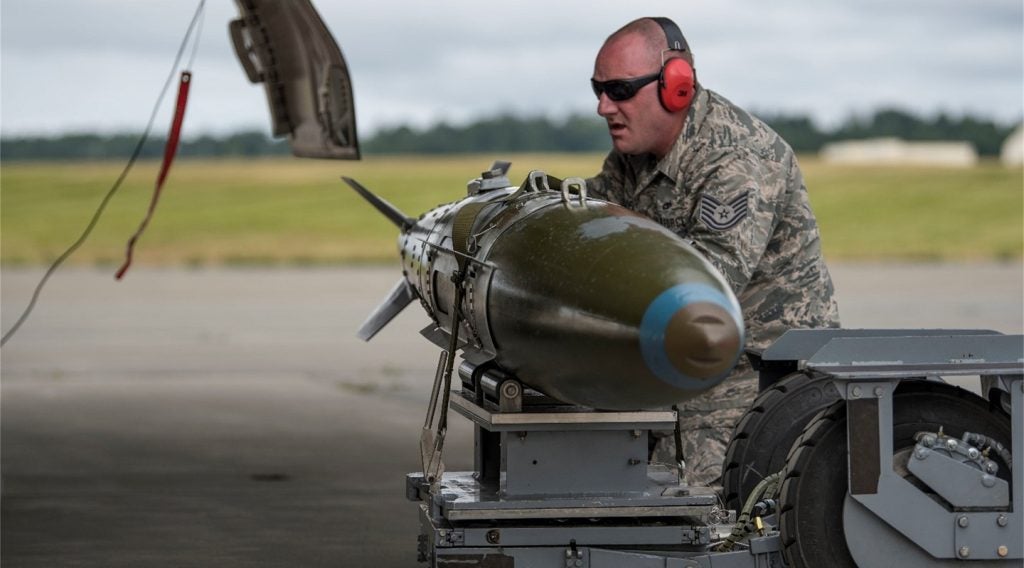India has demonstrated the capability to launch an anti-satellite missile to destroy low-Earth orbit (LEO) satellites through a test conducted from the Dr AP J Abdul Kalam Island in the state of Odisha.
The ‘Mission Shakti’ test involved a ballistic missile defence (BMD) interceptor missile that was developed by the Defence Research and Development Organisation (DRDO).
During the test, the missile engaged an Indian orbiting target satellite in LEO in ‘hit to kill’ mode.
The BMD interceptor missile system involved a three-stage missile and two solid rocket boosters.
Based on data from range sensors, the DRDO has confirmed that all mission objectives were fulfilled as expected.
With the completion of the anti-satellite missile test, India joins the US, Russia and China, which are the other countries capable of using an anti-satellite weapon.
How well do you really know your competitors?
Access the most comprehensive Company Profiles on the market, powered by GlobalData. Save hours of research. Gain competitive edge.

Thank you!
Your download email will arrive shortly
Not ready to buy yet? Download a free sample
We are confident about the unique quality of our Company Profiles. However, we want you to make the most beneficial decision for your business, so we offer a free sample that you can download by submitting the below form
By GlobalDataAccording to the Indian Ministry of Defence, the test will enable the country to gain capabilities to safeguard its assets in space against foreign attacks.
In a release, the ministry said: “The test has demonstrated the nation’s capability to defend its assets in outer space. It is a vindication of the strength and robust nature of DRDO’s programmes.”
Celebrating the achievement, India Prime Minister Narendra Modi said: “Our scientists shot down a live satellite 300km away in space, in low-Earth orbit. They achieved it in just three minutes.”
To address fears over possible debris in space as a result of the test, Indian External Affairs Ministry said in a statement: “Whatever debris that is generated will decay and fall back onto the Earth within weeks.”







